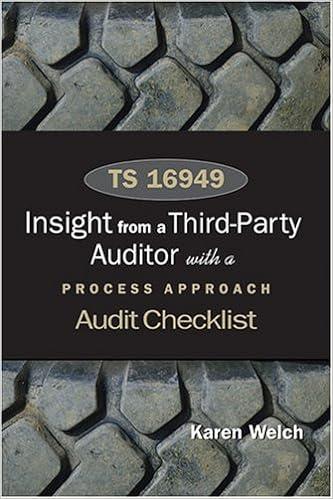Question
Mackenzie is considering conducting her business, Mac561, as either a single-member LLC or as an S corporation. Assume her marginal ordinary income tax rate is
Mackenzie is considering conducting her business, Mac561, as either a single-member LLC or as an S corporation. Assume her marginal ordinary income tax rate is 37 percent, her marginal FICA rate on employee compensation is 1.45 percent, her marginal self-employment tax rate is 2.9 percent, and any employee compensation or self-employment income she receives is subject to the 0.9 percent additional Medicare tax. Also, assume Mac561 generated $200,000 of business income before considering the deduction for compensation Mac561 pays to Mackenzie and Mackenzie can claim the full qualified business income deduction on Mac561s business income. Determine Mackenzies after-tax cash flow from the entitys business income and any compensation she receives from the business under the following assumptions: (Do not round intermediate calculations and round your final answers to the nearest whole dollar.)
a. Mackenzie conducted Mac561 as a single-member LLC.
After-tax cash flow (The answer is NOT $134,772)
b. Mackenzie conducted Mac561 as an S corporation and she received a salary of $100,000. All business income allocated to her is also distributed to her.
After-tax cash flow (The answer is NOT $130,929)
c. Mackenzie conducted Mac561 as an S corporation and she received a salary of $20,000. All business income allocated to her is also distributed to her.
After-tax cash flow
d-1. Which entity/compensation combination generated the most after-cash flow for Mackenzie?
Single member LLC
d-2. What are the primary contributing factors favoring this combination?
- a small amount of payroll tax on the low salaryunanswered
- a relatively large QBI deduction because of the low salaryunanswered
- a relatively small QBI deduction because of the low salaryunanswered
- a huge amount of payroll tax on the low salaryunanswered
- none of the relatively large business income allocation was subject to FICA or self-employment tax.
Step by Step Solution
There are 3 Steps involved in it
Step: 1

Get Instant Access to Expert-Tailored Solutions
See step-by-step solutions with expert insights and AI powered tools for academic success
Step: 2

Step: 3

Ace Your Homework with AI
Get the answers you need in no time with our AI-driven, step-by-step assistance
Get Started


